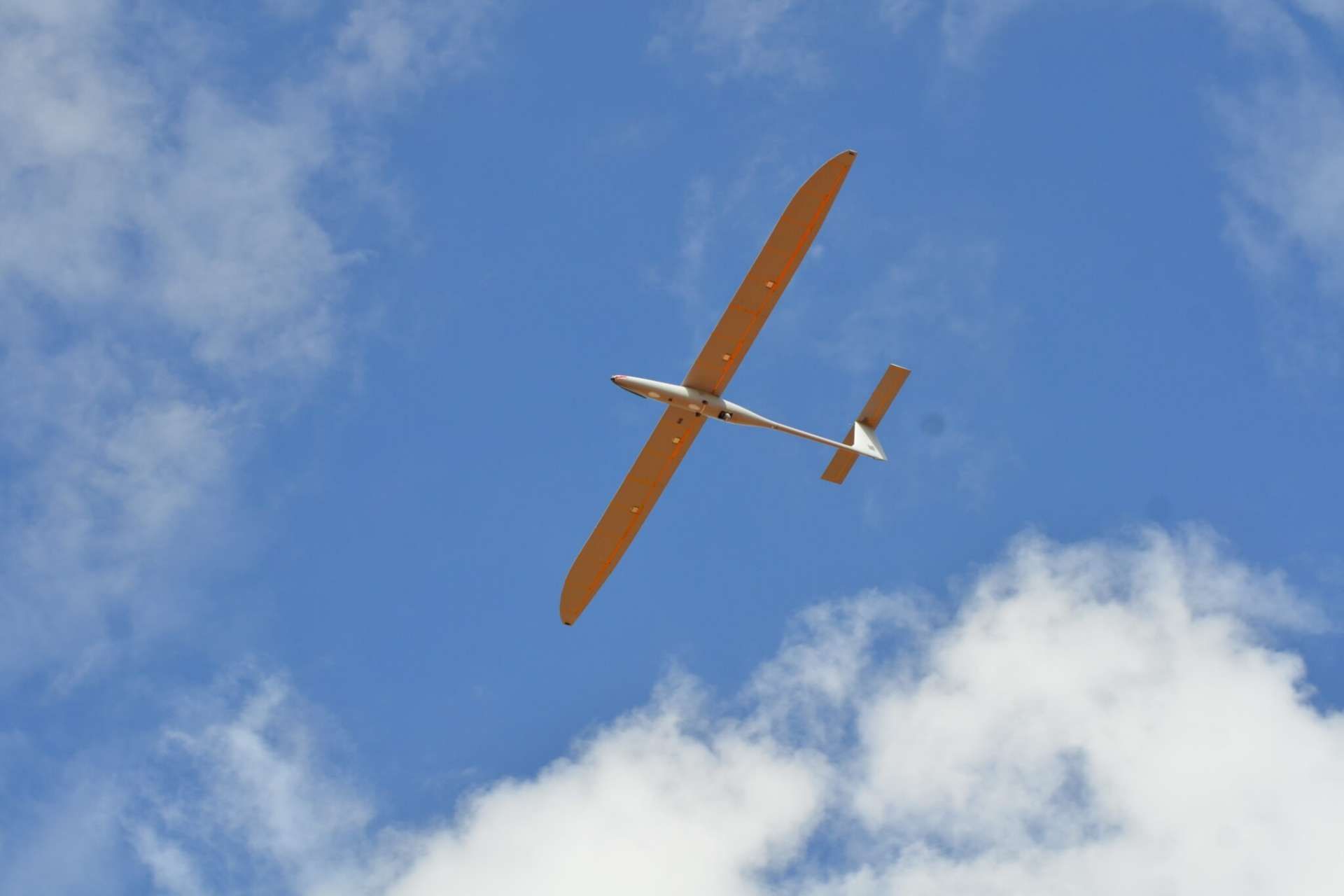Breaking news
US Army Tests Long-Endurance Spy Drones & Balloons from Philippines to fly over South China Sea.
During the Balikatan military exercise in the Philippines, the U.S. Army's 1st Multi-Domain Task Force (MDTF) utilized the Kraus Hamdani Aerospace K1000 drone in Basco, as reported by the U.S. Department of Defense on May 6, 2024. This platform was deployed to fly over the South China Sea to gather data for the Extended Range Sensing and Effects Company.
Follow Army Recognition on Google News at this link

The K1000 solar-powered drone (Picture source: Kraus Hamdani Aerospace)
The 1st MDTF used the exercise to evaluate its organization and identify the best assets to support joint and coalition forces in scenarios where regional access may be contested. The bilateral exercise with the Philippine armed forces took place from April 11 to May 9.
Stationed in Basco on a volcanic island in the Batanes archipelago north of Luzon, the largest island in the Philippines, the ERSE Company's base was set up in a small air-conditioned tent adjacent to the local commercial airport. Major Seth Holt, the commander of ERSE, stated from his operational center that his goal was to adapt his team to a flexible and easily adjustable multi-domain operational force.
The company includes three platoons specializing in electronic warfare, unmanned aircraft, and high-altitude capabilities like balloons, striving to maintain sensing capabilities from the ground up to about 100,000 feet within the electromagnetic spectrum, a crucial domain for communication management and weapons guidance in modern conflicts.
Troops used the K1000 drone to monitor areas of interest and collect significant data, which was then shared with Philippine forces, enhancing interoperability between the two nations. Although the K1000 is not an official program, it has been used in various trials and can fly for 76 hours on its solar panels, while remaining difficult to detect, often mistaken for a bird by radars.
Kraus Hamdani Aerospace, a California-based company, produces the K1000, a solar-powered vertical takeoff and landing drone designed to operate as a "pseudo-satellite" capable of data exchange across networked platforms. This advanced system, with a range of 1,000 miles and a maximum altitude of 20,000 feet, is equipped with lithium-ion photovoltaic propulsion and a folding propeller. It also features a user-friendly, "gamified" control interface that allows a single operator to manage a swarm of these drones.
In addition to drones, the ERSE Company also experimented with high-altitude balloons, using Urban Sky’s Stratospheric Microballoon, a non-polluting and hard-to-detect system that could potentially carry payloads to extend network capabilities.
The 1st MDTF initiative, established in 2018, is part of a series of multidomain task forces aimed at shaping the Army's Multi-Domain Operations doctrine, formalized in 2022. These forces cover various operational theaters from the Indo-Pacific to Europe, designed to work in concert to optimize sensing and targeting capabilities.


























